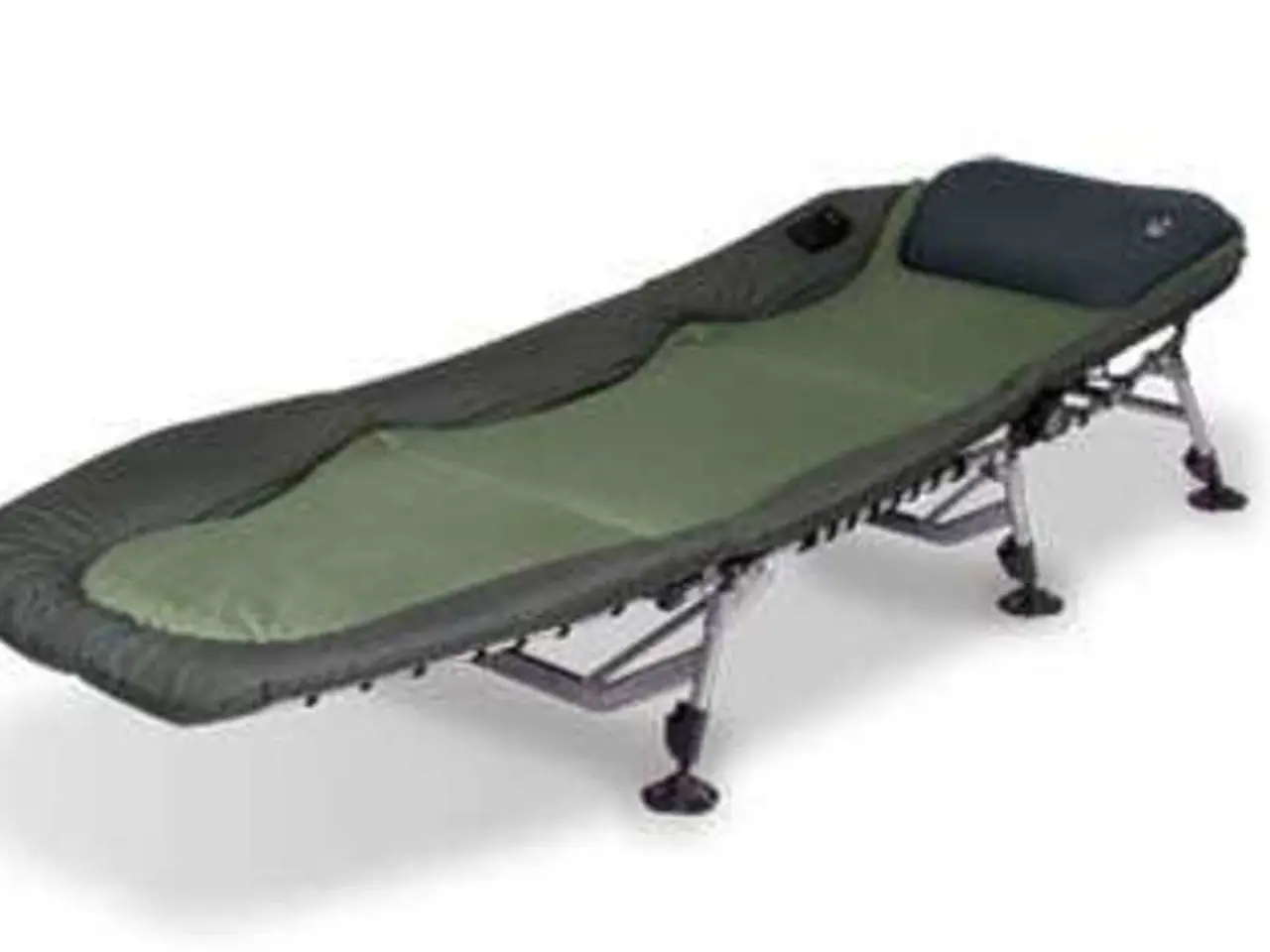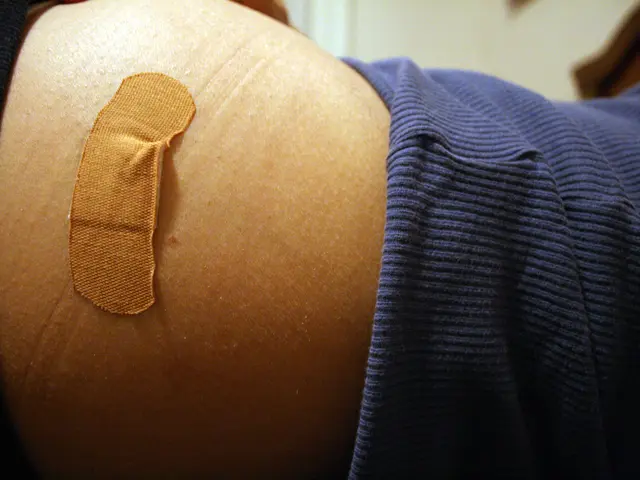Exercises for Management and Prevention of Baker's Cyst
Baker's cysts, also known as popliteal cysts, are sacs of fluid that form behind the knee. They can cause swelling and pain, and are often associated with degenerative joint diseases such as osteoarthritis and rheumatoid arthritis.
Effective management of Baker's cysts involves a combination of exercises, pain management strategies, home remedies, and supportive devices.
**Exercises and Physical Therapy**
Gentle range-of-motion exercises can help maintain and improve knee flexibility and mobility, reducing stiffness around the cyst. Strengthening exercises that target the quadriceps and hamstring muscles help stabilise the knee joint, reducing pressure on the cyst and improving overall knee mechanics. Proprioception training exercises that enhance the sense of joint position can improve knee control and reduce injury risk. Low-impact activities such as swimming and cycling are recommended, as they increase knee mobility and reduce pain without placing excessive stress on the joint.
Before embarking on any exercise programme, it is recommended to consult a physical therapist to ensure safety and effectiveness.
**Pain Management and Lifestyle Adjustments**
Over-the-counter pain relievers and anti-inflammatory drugs such as NSAIDs (ibuprofen, naproxen) and acetaminophen can help control pain and inflammation. Cold therapy, such as applying ice packs to the knee, reduces swelling and pain. Keeping the leg elevated can also decrease swelling. It is crucial to limit movements or exercises that worsen knee pain in the early stages of management.
**Home Remedies for Inflammation and Pain Relief**
Natural remedies like extra virgin coconut oil, fenugreek seeds, and dandelion leaves have been found to have anti-inflammatory and analgesic properties that can help reduce discomfort.
**Supportive Measures**
Wearing knee supports or braces provides compression and stability to the joint, which can decrease stress on the cyst and enhance comfort during activities.
In cases where corticosteroid injections are ineffective, the doctor may use a needle to extract the fluid from the cyst. In severe cases of knee degeneration, a total knee replacement may be an option to remove the source of inflammation causing fluid buildup and eliminate the Baker's cyst.
Preventing knee injuries is the best way to prevent Baker's cysts from developing. This can be achieved by wearing supportive shoes, warming up before exercise, refraining from exercising on a tender and painful knee, seeking treatment for any knee, leg, or foot injuries, and avoiding activities that increase the risk of falls and further harm.
In conclusion, a combination of gentle physical therapy exercises, pain management strategies, targeted home remedies, and supportive devices form an effective conservative approach to managing Baker's cyst symptoms and preventing further complications. Consulting a physical therapist for a tailored exercise program is highly recommended to ensure safe and effective treatment.
- Science and medical advancements have led to the exploration of alternative treatments for chronic conditions, such as CBD for managing pain associated with various health-and-wellness concerns, including migraines and chronic-kidney-disease.
- A healthy diet rich in essential nutrients, coupled with fitness-and-exercise, plays a crucial role in maintaining overall health and reducing the risk of developing chronic-diseases like psoriasis.
- Mental health is equally important in maintaining overall well-being, and practices like meditation, Yoga, and positive affirmations can help alleviate stress and promote relaxation, thereby improving mental health.
- Predictive analytics, a branch of science, is being utilized to identify early warning signs of several medical-conditions, including Baker's cysts, allowing for prompt intervention and effective treatment.
- In addition to exercise and pain management strategies, lifestyle modifications, such as avoiding alcohol and quitting smoking, can contribute significantly to improving health outcomes and reducing complications from conditions like osteoarthritis and rheumatoid arthritis, which are often associated with Baker's cysts.
- Nutrition plays a fundamental role in managing inflammation and pain, with foods high in antioxidants, omega-3 fatty acids, and anti-inflammatory agents like aq (commonly mixed with a base to form a soothing liniment) providing relief for chronic knee pain.
- When traditional treatments like corticosteroid injections are ineffective, advancements in medical technology may offer solutions such as targeted injections to drain the fluid from the cyst and minimally invasive procedures to resolve psoriasis or chronic knee pain.




